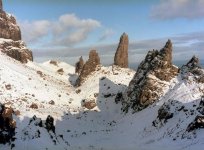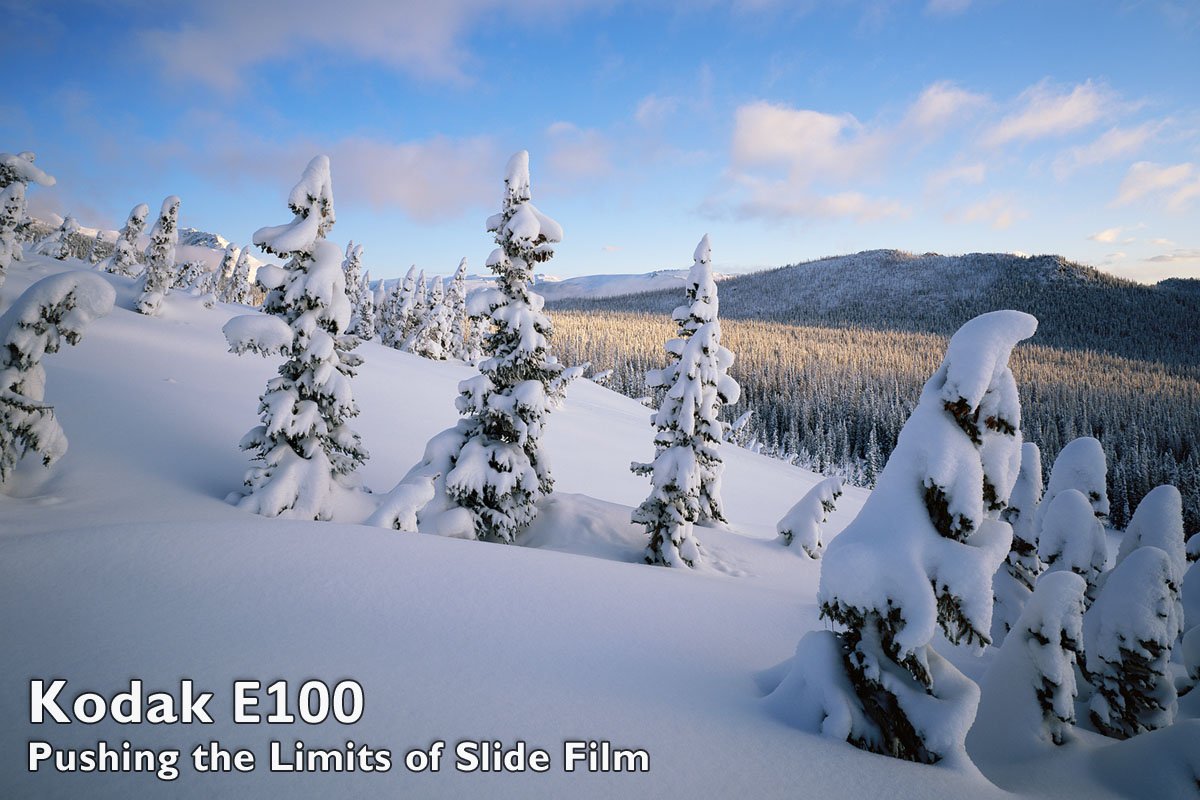- Messages
- 244
- Name
- Jake
- Edit My Images
- Yes
The wife & I wanted to go somewhere snowy this year. I voted for Svalbard to see the glaciers, ice bergs, polar bears and whales. She voted for Lapland.
As it was a tie, and we’re married, we’re going to Norwegian Lapland.
I’ll be taking my M3 and maybe FM3a but wonder what people’s recommendations are for shooting snowy scenes.
Black and white - I’ve got tmax, ilford and Kodak XX to burn through.
Colour - what deals with the whites best without getting blown out?
Also - should I take a filter for the B&W to help add some contrast?
I’d assumed a polariser to help darken the skies.
Thoughts, experiences, examples all welcome!
As it was a tie, and we’re married, we’re going to Norwegian Lapland.
I’ll be taking my M3 and maybe FM3a but wonder what people’s recommendations are for shooting snowy scenes.
Black and white - I’ve got tmax, ilford and Kodak XX to burn through.
Colour - what deals with the whites best without getting blown out?
Also - should I take a filter for the B&W to help add some contrast?
I’d assumed a polariser to help darken the skies.
Thoughts, experiences, examples all welcome!



